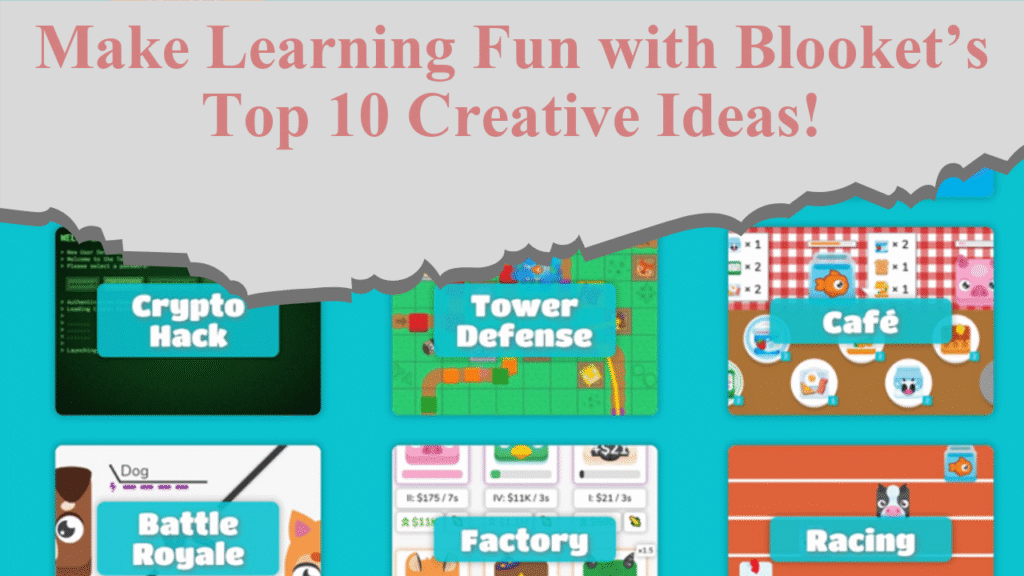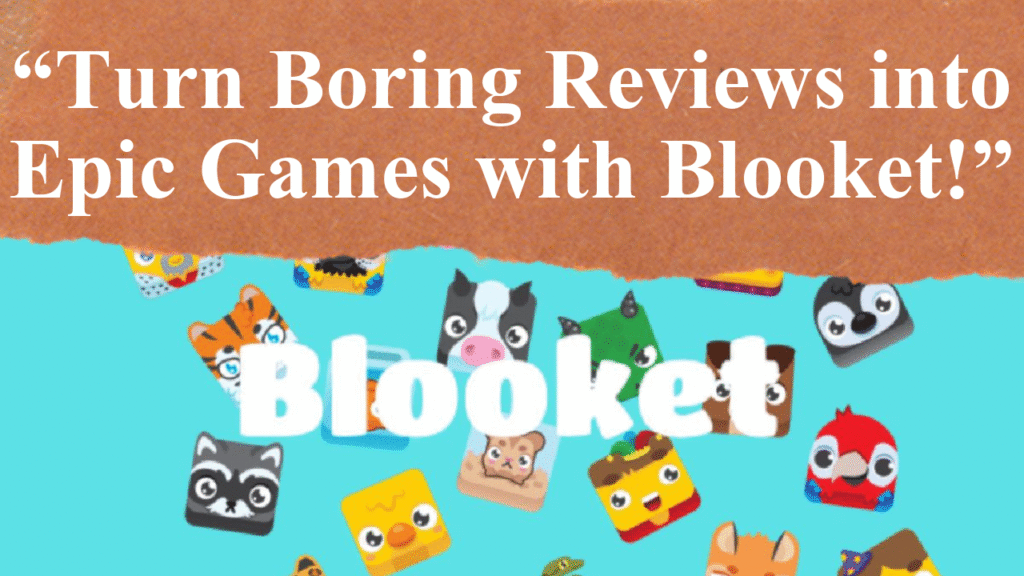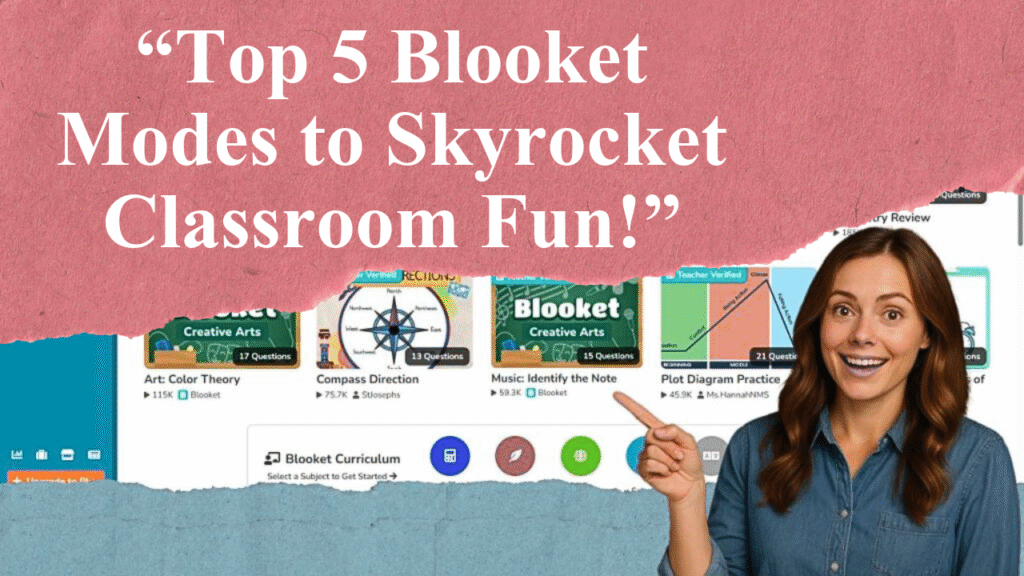“Blooket transforms classroom learning by offering customizable, gamified activities that cater to diverse student needs. With varied game modes, real-time feedback, and flexible grouping, it supports differentiated instruction, engaging students of all abilities. Its accessibility and data-driven insights empower teachers to tailor lessons effectively, fostering inclusive and equitable education.”
How Blooket Enhances Tailored Learning in Classrooms
Blooket, a gamified learning platform, has emerged as a powerful tool for educators seeking to implement differentiated instruction in diverse classrooms. Differentiated instruction involves tailoring teaching methods, content, and assessments to meet the unique needs, readiness levels, and interests of individual students. By leveraging Blooket’s versatile features, teachers can create engaging, inclusive learning experiences that support students across a spectrum of abilities and learning styles.
One of Blooket’s key strengths is its variety of game modes, which cater to different learning preferences and foster engagement. Modes like “Gold Quest,” where students compete to collect virtual gold, or “Tower Defense,” which involves strategic thinking to protect bases, allow teachers to align activities with students’ interests. For example, competitive learners may thrive in “Battle Royale,” while collaborative learners can excel in team-based modes like “Cafe.” This diversity ensures that students with varying personalities—introverts, extroverts, or those with specific learning needs—find activities that resonate with them. By offering choices in how students engage with content, Blooket aligns with differentiated instruction principles that emphasize student interest as a driver of motivation.
Blooket’s flexibility in content customization is another critical feature for differentiation. Teachers can create or import question sets tailored to specific curriculum goals, adjusting the complexity to suit different readiness levels. For instance, a teacher might design a simpler set of vocabulary questions for struggling learners while providing advanced students with questions requiring higher-order thinking, such as analyzing literary devices or solving complex math problems. This ability to modify content ensures that all students, from those needing remediation to gifted learners, are appropriately challenged. Additionally, Blooket’s integration with platforms like Quizlet allows educators to repurpose existing resources, saving time while addressing diverse academic needs.
The platform’s real-time feedback and game reports provide actionable data, enabling teachers to monitor student progress and adjust instruction dynamically. After a game session, Blooket generates detailed reports showing individual and class performance, including correct and incorrect answers. This allows educators to identify areas where students excel or struggle, facilitating targeted interventions. For example, a teacher might use these insights to reteach a concept to a small group or provide enrichment activities for advanced learners, aligning with differentiated instruction’s emphasis on ongoing assessment to inform teaching.
Blooket’s accessibility across devices makes it ideal for varied learning environments, including in-class, remote, or hybrid settings. Students can participate using personal devices, which supports flexible pacing for those who need more time or have special needs. The platform’s homework mode further enhances differentiation by allowing students to review concepts at their own pace outside of class. This is particularly beneficial for students with learning disabilities or those requiring additional practice, as it provides a low-pressure environment to reinforce skills.
Flexible grouping options in Blooket also support differentiated instruction. Teachers can assign students to homogeneous groups based on readiness for targeted support or heterogeneous groups to encourage peer learning. For instance, in a language arts class, a teacher might group students by reading level for a vocabulary game or mix abilities to foster collaboration. Blooket’s randomizing features, such as auto-generating groups or randomizing points, reduce competitive pressure and create an inclusive environment where all students can participate without fear of judgment.
The platform’s engaging, game-based approach addresses the diverse needs of modern classrooms, including those of multilingual learners and students with limited formal education. By incorporating visual themes, interactive elements, and culturally relevant content, Blooket helps bridge gaps for students from varied backgrounds. For example, a history teacher might create a game set with questions about global cultures, ensuring relevance for diverse learners while maintaining academic rigor.
Blooket’s ability to balance engagement with education is particularly valuable for addressing equity in learning. Differentiated instruction aims to level the playing field, and Blooket’s design ensures that all students, regardless of ability, can participate in meaningful ways. Its gamified format motivates reluctant learners, while its customizable nature allows teachers to challenge high achievers, promoting an inclusive classroom where every student can succeed.
Despite its benefits, some educators note challenges with Blooket, such as the potential for overstimulation in students with attention difficulties. Teachers must carefully select game modes and set time limits to maintain focus and ensure learning remains the priority. For instance, shorter rounds can keep students engaged without overwhelming them, while longer sessions might suit complex topics. By thoughtfully integrating Blooket into lesson plans, educators can maximize its potential for differentiated instruction.
Blooket’s versatility extends across grade levels and subjects, making it a valuable tool for elementary, middle, and high school classrooms. For younger students, games like “Cafe Mode” reinforce foundational skills in math or reading. Middle schoolers benefit from strategic modes like “Tower of Doom,” which encourage critical thinking, while high schoolers can tackle complex topics in science or literature through customized question sets. This adaptability ensures that Blooket meets the developmental and academic needs of diverse learners.
Disclaimer: This article is based on recent reports, educational blogs, and teacher feedback available on the web as of July 2025. Information is sourced from credible educational websites and platforms like Common Sense Education, Reading Rockets, and Teacherbot. For the latest updates, visit Blooket’s official website or consult educational technology resources.




